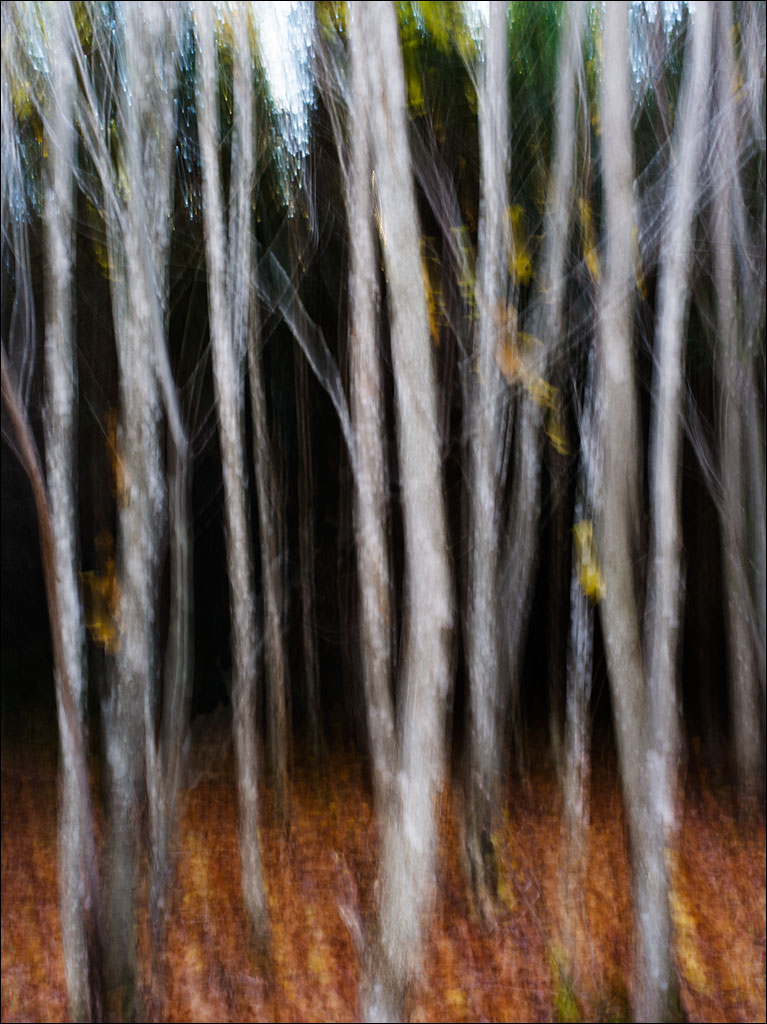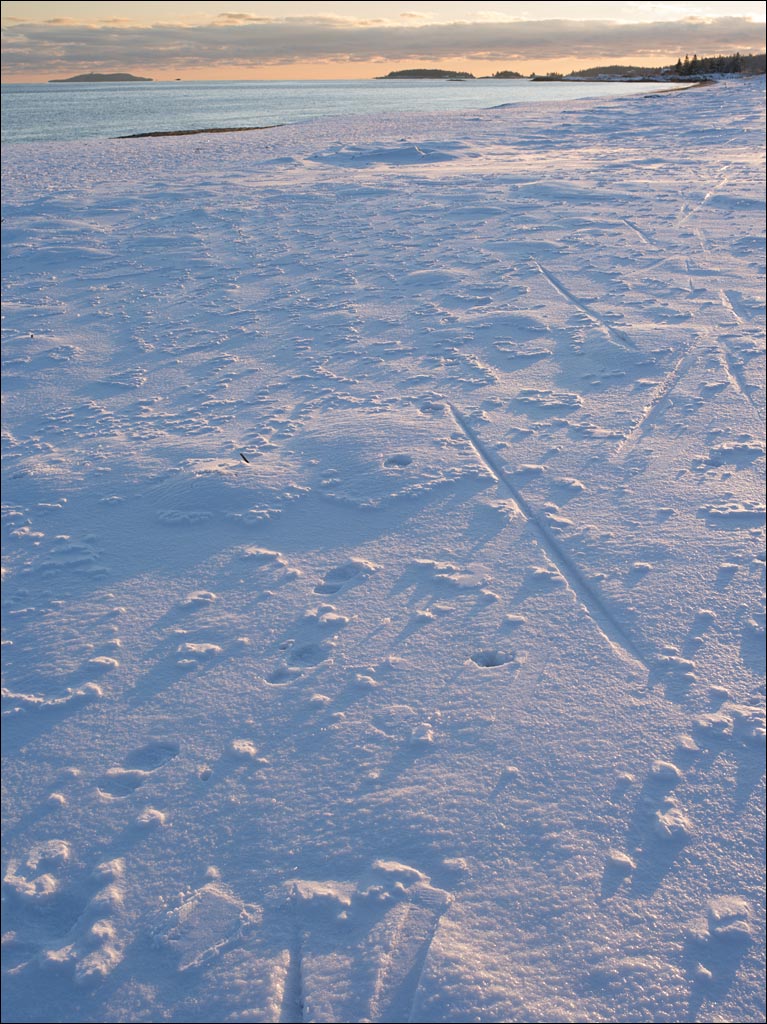 Reid State Park is mostly known for its beaches—Mile Beach, shown here, and Half Mile Beach. Snowfall from the Thanksgiving storm has covered the sand, but not deterred people from enjoying the park, which is open all year. Click on the image for a larger view.
Reid State Park is mostly known for its beaches—Mile Beach, shown here, and Half Mile Beach. Snowfall from the Thanksgiving storm has covered the sand, but not deterred people from enjoying the park, which is open all year. Click on the image for a larger view.
Tag Archives: Nature
Reid State Park
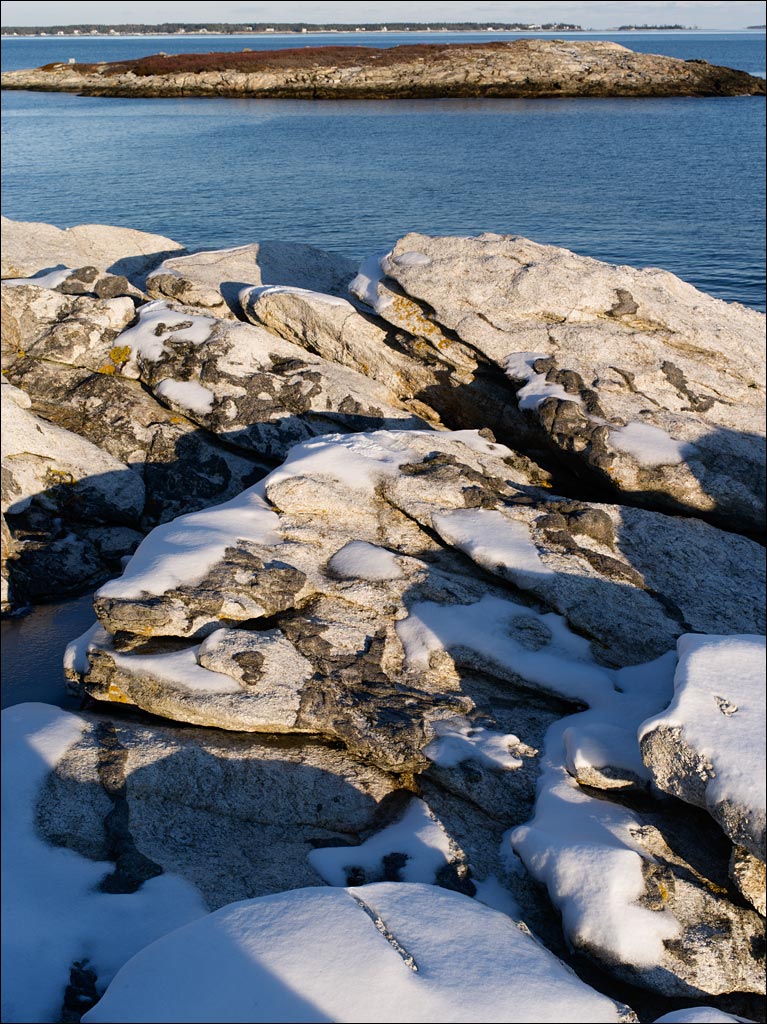 Reid State Park is located in Georgetown, Maine. As well as rocky coastline, the park has sandy beaches, salt marshes, and fir/spruce forests. Many come for the birdwatching. This image is taken from Griffith Head looking toward Outer Head, which is a protected tern sanctuary. Across Sheepscot Bay is Southport where the naturalist writer Rachel Carson wrote Silent Spring. Click on the image for a larger view.
Reid State Park is located in Georgetown, Maine. As well as rocky coastline, the park has sandy beaches, salt marshes, and fir/spruce forests. Many come for the birdwatching. This image is taken from Griffith Head looking toward Outer Head, which is a protected tern sanctuary. Across Sheepscot Bay is Southport where the naturalist writer Rachel Carson wrote Silent Spring. Click on the image for a larger view.
Industry
 The creativity and ambition in nature amazes me with the wonderful display of possibilities, dreams, and desire over potential, reality, and practicality. I am not sure what that beaver will do if it fells that tree, but it is going to be a bit big to move to a dam or home. Click on the image for a larger view.
The creativity and ambition in nature amazes me with the wonderful display of possibilities, dreams, and desire over potential, reality, and practicality. I am not sure what that beaver will do if it fells that tree, but it is going to be a bit big to move to a dam or home. Click on the image for a larger view.
Natural Birdfeeder
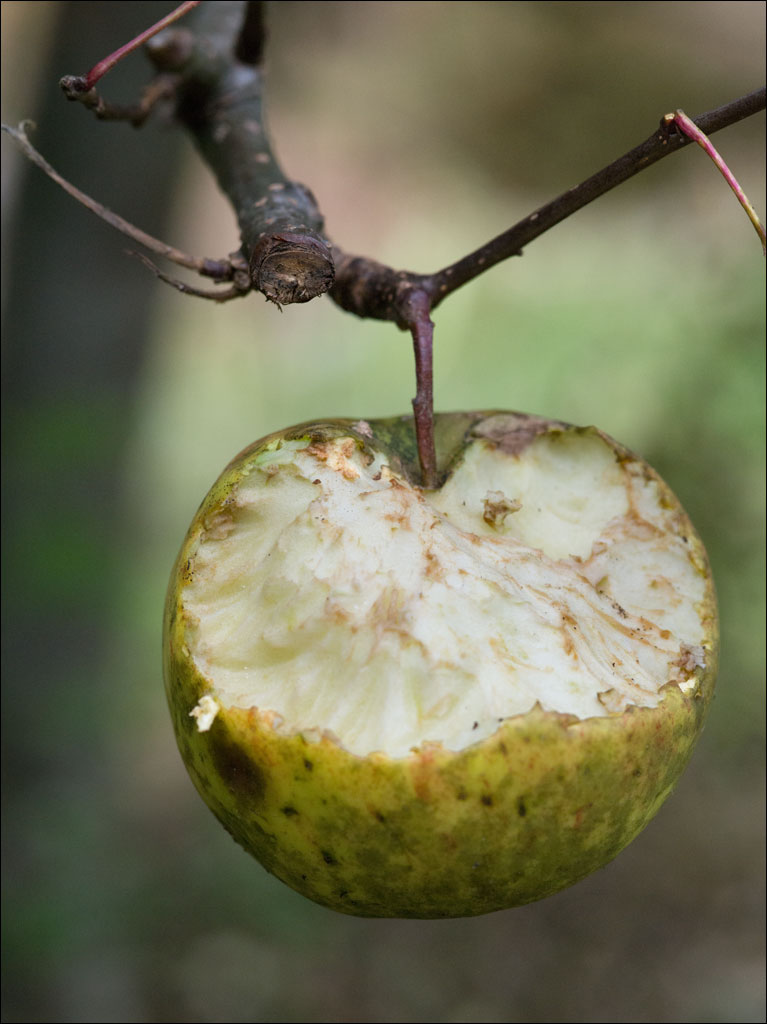 This apple was left on the tree we call Midori. While the current philosophy in gardening seems to be centered around getting everything for the human residents, taking a rather dim view of the others sharing the space, Naomi and I believe our garden has a communal function. Click on the image for a larger view,
This apple was left on the tree we call Midori. While the current philosophy in gardening seems to be centered around getting everything for the human residents, taking a rather dim view of the others sharing the space, Naomi and I believe our garden has a communal function. Click on the image for a larger view,
Early Winter Sunset
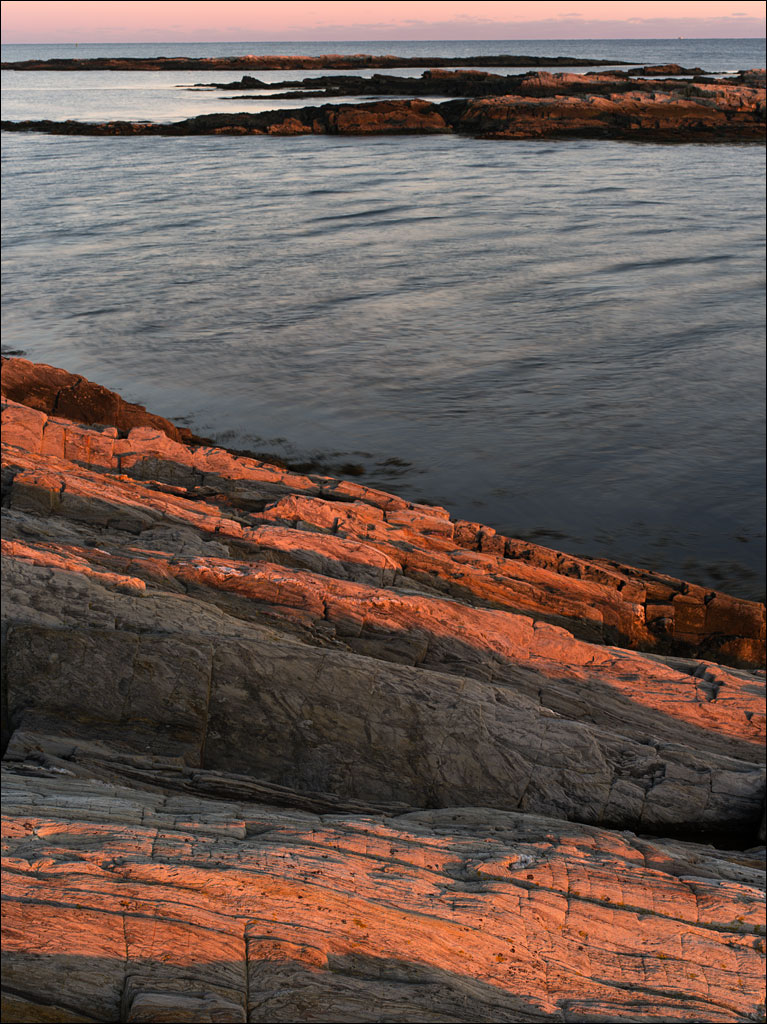 Last Saturday felt like early winter. Naomi and I took a trip to Bailey Island. The air was dry, clear, and cold. Usually, the atmosphere is too humid to allow the sun sitting on the horizon to directly illuminate the land, but not this Saturday—within about a minute of taking this image, the sun sank below the horizon, taking the light with it. Click on the image for a larger view.
Last Saturday felt like early winter. Naomi and I took a trip to Bailey Island. The air was dry, clear, and cold. Usually, the atmosphere is too humid to allow the sun sitting on the horizon to directly illuminate the land, but not this Saturday—within about a minute of taking this image, the sun sank below the horizon, taking the light with it. Click on the image for a larger view.
Fall Rose Hips
Season of Change
And again . . .
 It was bad enough to get hit with an unusually early blizzard two weeks ago, but then to wake up Friday morning to find we had another was discouraging. Fortunately, like with most early storms, we did not have to shovel the driveway and most of the snow melted during the day. UPDATE: It is snowing again this morning. Click on the image for a larger view of our forest on Friday morning.
It was bad enough to get hit with an unusually early blizzard two weeks ago, but then to wake up Friday morning to find we had another was discouraging. Fortunately, like with most early storms, we did not have to shovel the driveway and most of the snow melted during the day. UPDATE: It is snowing again this morning. Click on the image for a larger view of our forest on Friday morning.
Still Waters
 Fort Point State Park is on Cape Jellison in Penobscot Bay. The Penobscot river is part of the largest system of tributaries in Maine. Between the tidal influences of the Gulf of Maine and this river system, the seeming peaceful waters in Penobscot bay are deceiving. The tidal sandbar that protrudes from Fort Point is shaped by these forces—the sign warning of riptides and a prohibition against swimming on the way to the beach is a reminder.
Fort Point State Park is on Cape Jellison in Penobscot Bay. The Penobscot river is part of the largest system of tributaries in Maine. Between the tidal influences of the Gulf of Maine and this river system, the seeming peaceful waters in Penobscot bay are deceiving. The tidal sandbar that protrudes from Fort Point is shaped by these forces—the sign warning of riptides and a prohibition against swimming on the way to the beach is a reminder. Standing on the sandbar at low tide is strangely peaceful—it feels like being on the shore of a lake. But there is also an uneasiness in this exposure, as if a monster lies below the surface waiting to rise and take you away. Click on the images for a larger view.
Standing on the sandbar at low tide is strangely peaceful—it feels like being on the shore of a lake. But there is also an uneasiness in this exposure, as if a monster lies below the surface waiting to rise and take you away. Click on the images for a larger view.


